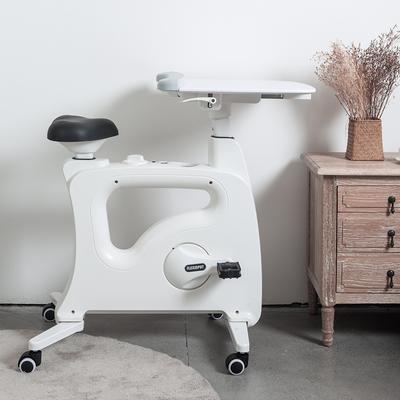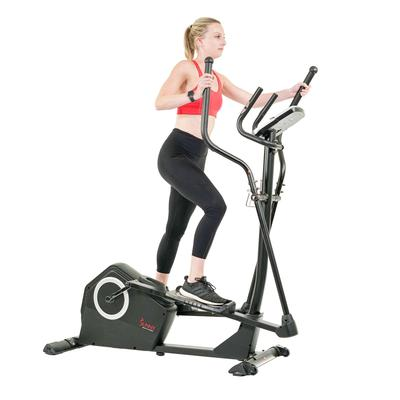Hey Diva dressing fans! When the items we love coincide with brands we work with, Diva dressing will use Paid Links in our articles. If you decide to click on these links and purchase the product, we get a small commission. Our Opinions Are Our Own, but we do add Paid Links as a way to offer these products at no added cost to our readers. Want to know more? Click Here to check out our Terms of Use anytime!
Staying active during pregnancy and after childbirth offers numerous benefits for both the mother and the baby. It can help manage weight, improve mood, boost energy levels, and promote faster postpartum recovery. However, not all exercises are suitable for pre and postnatal women, and special considerations are needed to ensure safety during these periods
Benefits of Exercise During Pregnancy
Improves Mood: Exercise helps release endorphins, which can alleviate mood swings, anxiety, and depression commonly experienced during pregnancy.
Reduces Pregnancy Discomfort: Strengthening and stretching exercises can ease lower back pain, swelling, and bloating.
Boosts Energy Levels: Regular exercise improves circulation and oxygen flow, helping to combat pregnancy fatigue.
Promotes Healthy Weight Gain: Staying active helps manage healthy weight gain, reducing the risk of gestational diabetes and other complications.
Prepares the Body for Labor: Strengthening core and pelvic floor muscles can make labor and delivery easier.
Safe Workouts for Pregnant Women
Not all exercises are suitable during pregnancy. Here are some recommended safe exercises:
Walking
- Walking is one of the easiest and safest exercises during pregnancy. It’s low impact and helps improve cardiovascular health.
- Aim for 20–30 minutes of brisk walking 3–5 times per week. Ensure you wear supportive shoes and stay hydrated.
Swimming
- Swimming takes pressure off your joints and ligaments while providing a full-body workout. It’s ideal for relieving back pain and improving circulation.
- Swimming laps or participating in a prenatal water aerobics class 2–3 times a week is recommended.
Prenatal Yoga
- Prenatal yoga focuses on stretching, flexibility, and breathing techniques. It helps improve posture, reduce lower back pain, and prepare for labor.
- Enroll in prenatal yoga classes led by certified instructors to ensure modifications for pregnancy.
Strength Training with Light Weights
- Light strength training helps maintain muscle tone and builds strength to support the body during pregnancy.
- Use light dumbbells and perform exercises like squats, lunges, and bicep curls. Avoid lifting heavy weights and lying on your back after the first trimester.
Stationary Cycling
- Cycling on a stationary bike is a low-impact cardio workout that is easy on the joints and minimizes the risk of falls.
- Ride at a moderate pace for 20–30 minutes, keeping your heart rate in a safe range.
Exercise Modifications During Pregnancy
As your pregnancy progresses, your body changes, and so should your workout routine. Here are key modifications:
Avoid Lying on Your Back After the First Trimester: Lying flat on your back can compress the vena cava, reducing blood flow to the baby.
Skip High-Impact Workouts: Avoid jumping, running, or exercises that put stress on the joints. Instead, opt for low-impact activities.
Listen to Your Body: Pregnancy is not the time to push yourself to new limits. If you feel tired, dizzy, or experience pain, stop immediately and consult your healthcare provider.
Keep Hydrated: Drink plenty of water before, during, and after exercise to prevent dehydration.
Maintain a Comfortable Temperature: Avoid exercising in hot and humid environments as overheating can be dangerous for the baby.
Postnatal Exercise Benefits
Speeds Up Recovery: Exercise can help restore strength and muscle tone after childbirth, particularly in the core and pelvic floor muscles.
Improves Mood and Mental Health: Physical activity releases endorphins, helping to reduce postpartum depression and anxiety.
Supports Weight Loss: Regular exercise can help you return to your pre-pregnancy weight in a healthy and gradual manner.
Increases Energy Levels: Exercise combats postpartum fatigue by improving blood circulation and boosting overall energy.
Strengthens the Body for Parenting: Lifting and carrying a baby requires strength. Exercise builds endurance for daily activities like lifting your child, bending, and squatting.
Safe Workouts for Postnatal Women
After childbirth, it’s essential to start slowly and focus on rebuilding strength, particularly in the pelvic floor and abdominal muscles.
Pelvic Floor Exercises (Kegels)
- Pelvic floor exercises help strengthen the muscles that support the bladder, uterus, and bowels. They are essential for preventing incontinence after childbirth.
- Contract your pelvic floor muscles as if you’re stopping the flow of urine. Hold for 5 seconds, then release. Repeat 10–15 times, 3–4 times a day.
Walking
- Walking is a gentle way to ease back into physical activity without putting too much strain on the body.
- Start with 10–15 minutes of walking and gradually increase the duration as your strength returns.
Postnatal Yoga
- Postnatal yoga helps stretch and tone muscles, promotes relaxation, and improves mental well-being.
- Focus on gentle stretching and breathing exercises, particularly those targeting the lower back, shoulders, and hips.
Gentle Core Exercises
- Rebuilding core strength is vital after childbirth, especially if you had a cesarean section.
- Start with gentle core exercises like pelvic tilts, bridges, and modified planks. Avoid intense ab exercises like sit-ups until your core muscles have fully healed.
Low-Impact Cardio
- Low-impact cardio, such as swimming or cycling, helps improve cardiovascular fitness without putting too much pressure on the joints.
- Start with 10–20 minutes of low-intensity cardio and gradually increase as you gain strength.
Exercise Modifications for Postnatal Women
Get Medical Clearance: Before starting any exercise routine, get clearance from your healthcare provider, especially if you had a complicated delivery or a cesarean section.
Start Slow: Focus on rebuilding strength and endurance gradually. Over-exerting yourself too soon can lead to injury or delay recovery.
Support Your Pelvic Floor: Avoid high-impact activities and heavy lifting until your pelvic floor has regained strength.
Be Mindful of Diastasis Recti: This is a separation of the abdominal muscles that can occur during pregnancy. Avoid exercises that strain the midline, like crunches, until it has healed.
Stay Hydrated and Nourished: Proper hydration and nutrition are essential, particularly if you’re breastfeeding, as your body requires extra energy.
ACTIVESIT Home Office Exercise Chair All-in $437.74

Sunny Health Fitness Programmable Cardio Elliptical Trainer $453.62

Sunny Health & Fitness Hydro Dual Resistance Smart Magnetic Water Rowing Machine $532.79

Lat Pulldown Machine Home Gym Fitness Silver $472.04



